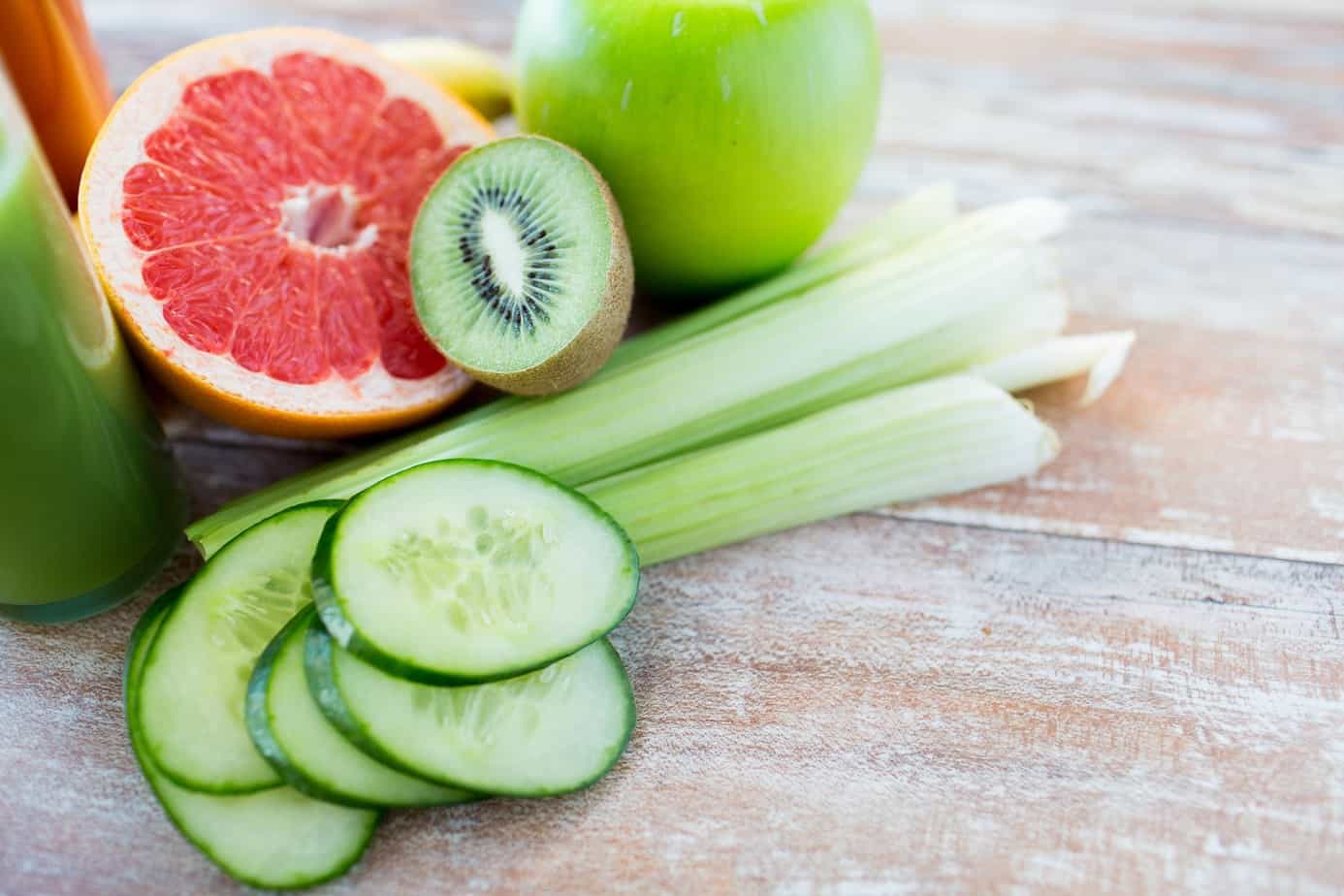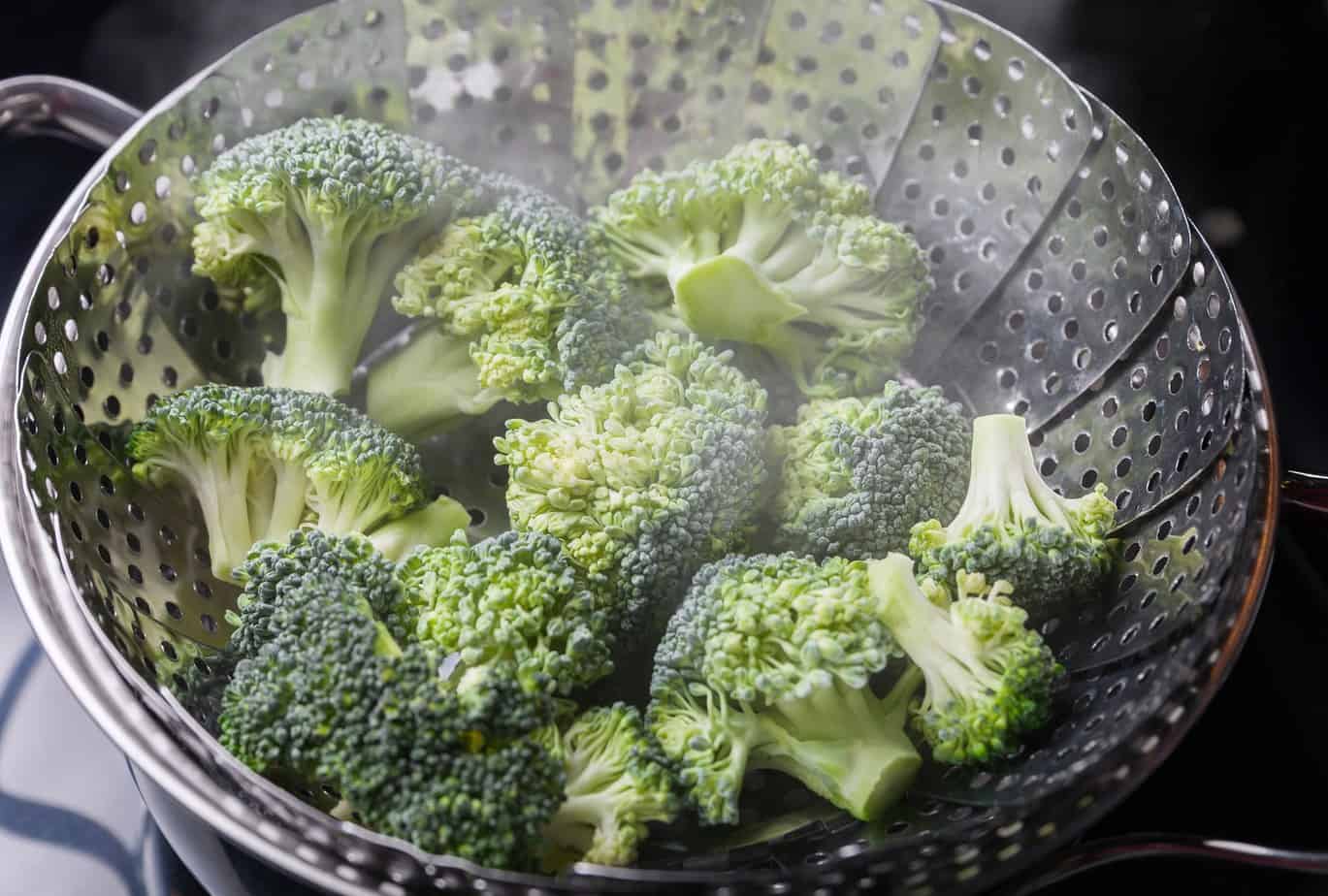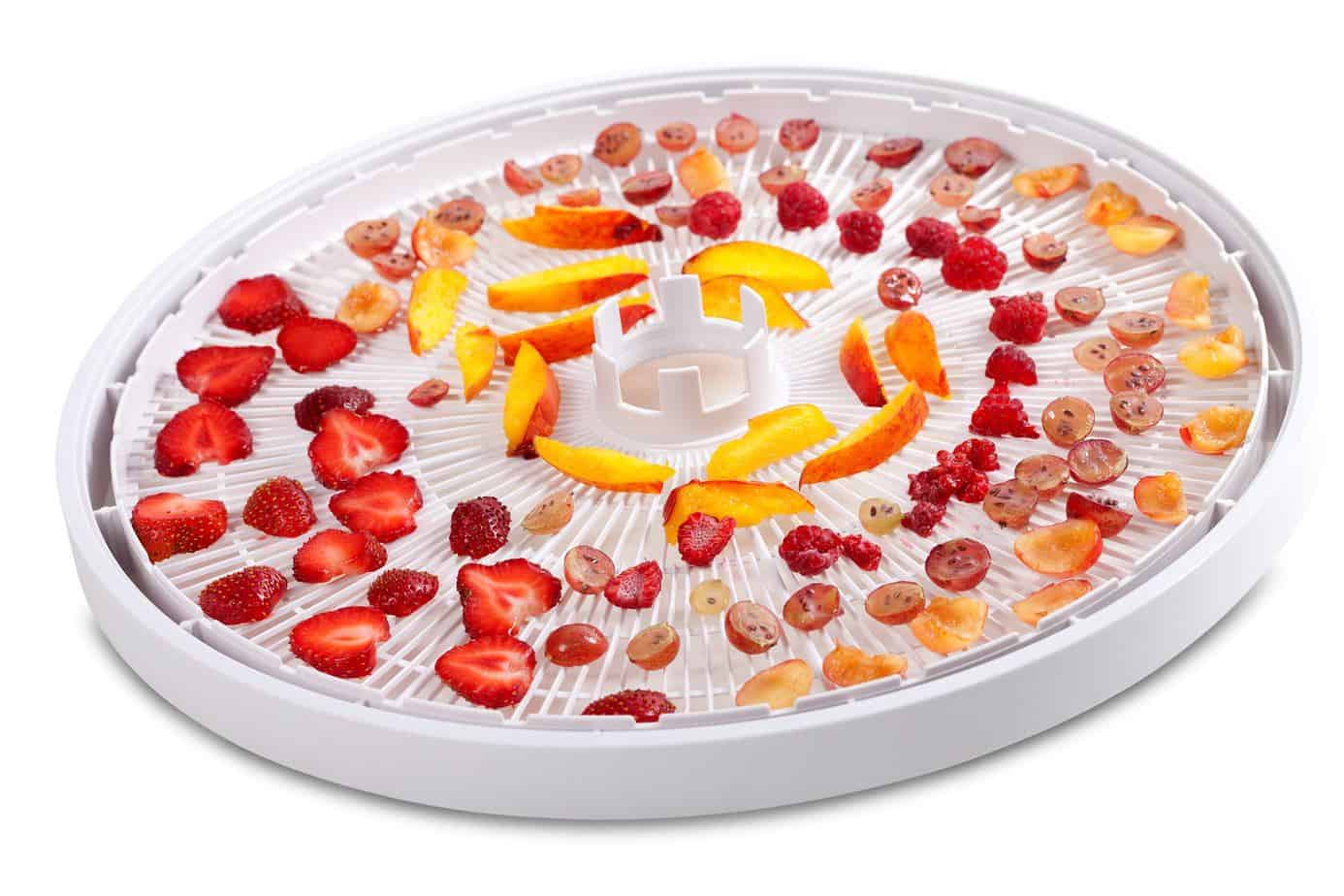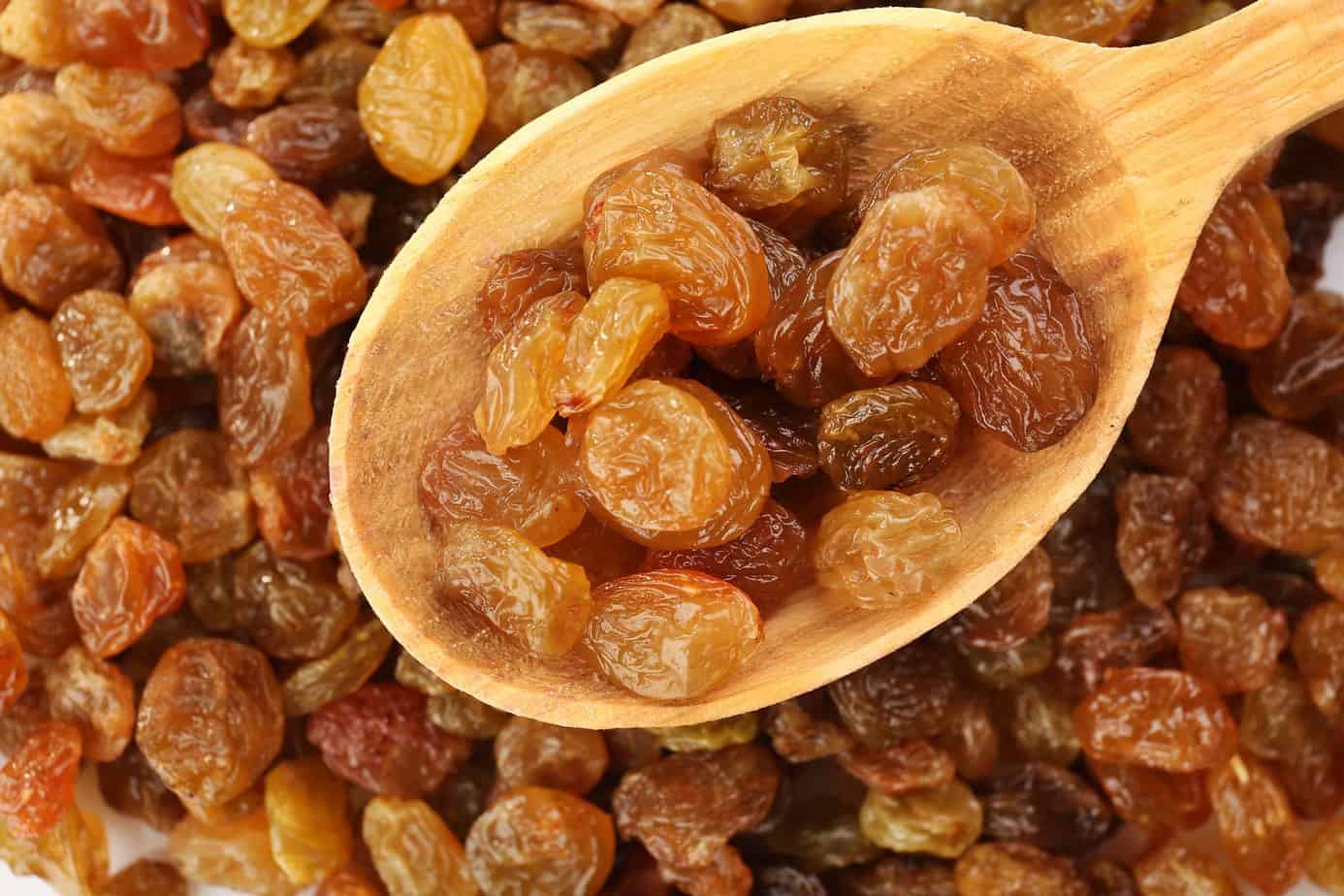Summer garden vegetables and fruit have reached their peak time of production, possibly causing you to be overwhelmed with squash or other items. Rather than wasting the food, why not consider preserving some of it for use during the winter?
There are several ways to preserve foods for later use. Different methods work best on different vegetables and fruits. Dehydrating is a method that works for many types of fruits and vegetables. Learning how to dehydrate food is a fairly simple process, and I’ll walk you through all the steps. I’ve used this process many times to ensure I have access to as much of my garden produce as possible all year long. Here are some of the vegetables and fruits you can successfully dehydrate:
- Squash
- Carrots
- Beans
- Peas
- Mushrooms
- Tomatoes
- Broccoli
- Potatoes
- Cucumbers
- Spinach
- Onions
- Peppers
- Strawberries
- Apples
- Blueberries
- Raspberries
You’ll need just a few simple items to get started
- Vegetables and fruits to dehydrate
- A food dehydrator
- A pot for steaming
- Water for steaming
- Knife for slicing and cutting vegetables and fruit
- Plastic containers , glass jars or storage bags
Some items can be dehydrated raw. These include any vegetables you would normally eat raw, like tomatoes and cucumbers, as well as all fruits. Vegetables that you usually cook before eating, such as peas, will be more tender and flavorful when rehydrated if you steam these for eight minutes before adding to the food dehydrator.
Nesco Snackmaster Pro Food Dehydrator – Via Amazon.com
You can purchase a food dehydrator at health food stores, or even online at Amazon. Food dehydrators come in a wide range of sizes and styles. The primary difference between brands is the temperature range and the amount of food that can go into the dehydrator at one time.
If you plan to dehydrate a lot of food at once, choose a high capacity dehydrator with rectangular trays. Many smaller dehydrators have round trays with a hole in the center of each. This design significantly decreases the amount of food you can dehydrate at once. Be certain to choose a dehydrator with a wide temperature range, too.
Most vegetables and fruits are dried at a temperature between 125 and 145°F, but meats need a temperature up to 165°. Choosing a dehydrator with a fan will help speed the process, as well. Constant air circulation is important to removing the moisture from the food.
Let’s Get Started
Now that you’ve assembled your vegetables and equipment, let’s begin.
Step One: Chop or Slice the Food

Slice the food
Chop or slice the fruit and vegetables into small pieces. Most vegetables, like tomatoes, peppers, squash and carrots can be diced or sliced. Broccoli should be cut into small florets. If you wish to use the stems, dice those as well. Small berries can be dried whole, while larger berries should be sliced or chopped. Take into account how much can be dehydrated at once. Slice only what you can dehydrate in one batch.
Step Two: Steam Vegetables

Steamed Green Broccoli In Skimmer Pot
Steam the vegetables, if needed. As mentioned above, you only need to steam the vegetables if these are ones you would normally cook before eating. This step is a matter of personal preference, as all vegetables can be dehydrated raw, if you choose. Steam vegetables for eight minutes.
Step Three: Arrange and Dry the Food
Lay the food out onto the dehydrator racks. Vegetables and fruits should be in a single layer, and not too crowded. The vegetables and fruits with the highest water content, such as cucumbers, take longer than those with lower water content. Drying high content fruits and vegetables together and low content fruits and vegetables together will make the process easier.

Slices Of Fruits And Berries On Dehydrator Tray
Choose the temperature recommended for the vegetable you are dehydrating. If you choose to dehydrate more than one kind of vegetable at a time, pair those that need the same temperature and drying time. In general, you will be drying almost all fruits and vegetables between 130-140°F.
Use the temperature and drying time recommended by your dehydrator’s manufacturer. Each dehydrator is different, so times and temperatures vary. You want to remove as much moisture as quickly as possible. Food should be pliable and leathery or brittle when sufficiently dry.
Step Four: Cool and Store Vegetables
Once the vegetables are cooled, package in airtight containers, glass jars, or zippered plastic storage bags immediately. If you remove food from the dehydrator and realize once it’s cooled that it is not sufficiently dry, it is safe to place the food back into the dehydrator for more time.

Cool and Store Vegetables – treasuretrunklifestyles
It is critical to ensure that the vegetables are completely airtight. Moisture in the package will ruin the food. Store in a cool dark area, such as the pantry.
Step Five: Cool and Condition Fruit
Dehydrated fruits require conditioning before final storage. Fruit holds more moisture than vegetables, and it is important that the moisture be equally distributed before the fruit is stored, in order to prevent mold.
To condition the fruit, pack it loosely in plastic containers or glass jars, once it has cooled. Shake the jars daily for seven days to keep pieces separated, and check for excess moisture. If you see condensation in the container, the fruit should be returned to the dehydrator for more drying time.
Once the fruit is conditioned and properly dry, package it for long term storage, just as you did the vegetables.
How Will I Use Dehydrated Food?
Dehydrated vegetables can be rehydrated with liquid. This makes these perfect for using in soups and stews throughout the winter. Because the vegetables shrink so dramatically, these are easy to store, and often used by hikers and backpackers to add to meals cooked on the trail. Dehydrated vegetables retain almost all of their original nutrients.

Dehydrated fruit
Dehydrated fruit makes a great snack. Mix with nuts to make a trail mix. Add to smoothies or sprinkle over yogurt or cereal. Soaking in water can rehydrate some fruit, such as peaches. There are a few cake recipes that call for dehydrated fruit. It is not recommended to use dehydrated fruit in a recipe unless it is specifically called for.
So, did you like learning to dehydrate fruits and vegetables? I think dehydrating at home is an easy process and provides yummy results! It’s also a great way to save money because you won’t waste a bit of your summer crops. Once you learn all the ways to use your dehydrated foods, you’ll be so glad you learned this simple food preservation method. We’d love to hear your ideas and comments in the section below.

